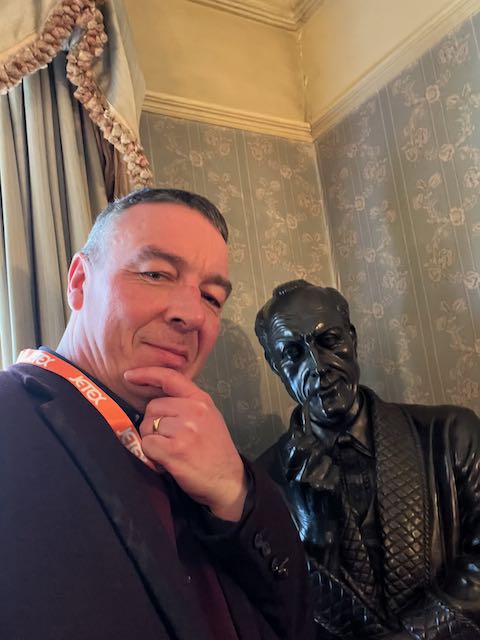Flying an aircraft is a lot like managing any other activity with multiple variables in motion. One of the toughest and most important lessons I recall for successful aircraft navigation was this, "Put the map away, lookout and fly the aircraft." More and more I see the importance of this approach in daily business situations with regards to planning and execution and I am grateful for the lessons that flying taught me about life and business skills. Here are a few of the most helpful:
Planning and Preparation
Pilots should always carry a map (chart) but in addition to having an idea of the (airspace) environment a good rule for any flight is, "Always draw a line on a map." Even if you only pick two points and draw a straight line between them you are already better prepared for getting from A to B. You can immediately start to see the direction, what are the big obstacles and challenges? How long will it take in a straight line? Is there a better way? What about the weather? Do I need to think about this a little more or can we go now?Execution. You have considered the plan and the potential problems but the only true test is reality. You need to start the journey to your goal and doing that is going to bring new and unexpected challenges so, "Start the clock, put the map away, lookout and fly the aircraft." This is all about successful execution of a plan to go somewhere. Fly your heading at the correct speed and altitude as accurately as you can, and at least start as planned. Putting the map away is about letting things happen to the plan before you look at it again. "Lookout and fly the aircraft," is about taking in the other things that are going on and dealing with them. Let it work or not work for a while before you try and re-plan it in the air, or what was the point of planning it at all? In business it may be seen in ignoring the competition for a while, or not micro-managing your team. Your job is to execute your plan effectively and giving the plan the space to be successful is part of that and frees you up to deal with the unexpected too.
Progress Monitoring
Progress Monitoring. This is really important and most importantly it needs to be honest and accurate. It means you take a look at where you are expecting to be before you try and make the ground below you fit the map, so the rule here is, "Clock, map, ground." Where are you supposed to be at this point in the plan? Are you there or not? If you are meticulous in this then you can properly assess how the plan is going instead of pretending it is something else which will surely lead to you being lost. There are a lot of roads, forests and lakes out there, is this the one you are meant to be at? Did everyone do what they said they would do, what is the impact?
It is not the Plan it is the Planning!
You may need to adjust the plan and inform the crew/team. Usually the plan is a little off target and needs to be adjusted, it is the real world and is affected by other factors, maybe you even planned for this too and you now have extra reserves because of contingency planning. For a pilot the biggest variable factor is often weather, but it can also quite easily be flying inaccuracy perhaps due to other distractions. Are your estimates still valid, and if not do you understand why not? Don't just throw the plan away, use it as the foundation for the next adjustment. It may be a one time error or it may be cumulative, it may be correctable. The important thing is to make an assessment and then make an appropriate and effective adjustment. It may not be possible to speed up so you are going to be late, who needs to know? Do you need to make a course correction to still achieve your goal? Do you need to turn back and start again? Keeping everyone else properly informed shows integrity and understanding of all the challenges. This reduces potential future confusion and allows others to make their own adjustments too.







.svg)
.svg)
